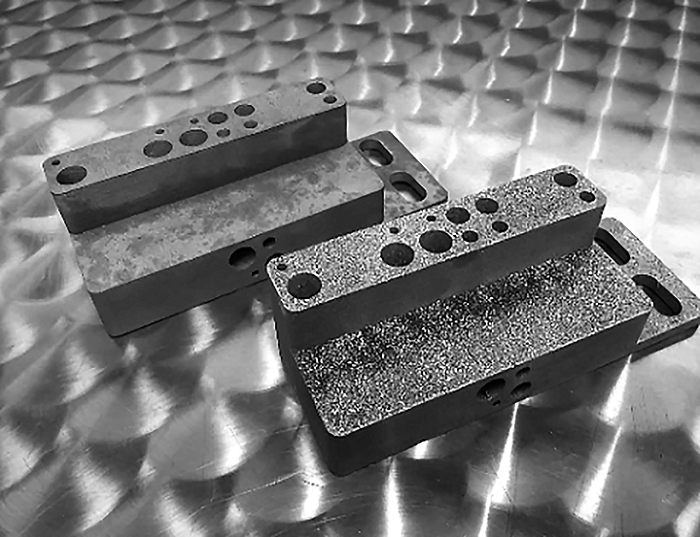ASTM D4060 Abrasion Resistance of Surface Coatings (Taber Test)
The ASTM D4060 Abrasion Resistance of Surface Coatings test, also known as the Taber Test, is a critical procedure used in the additive manufacturing and 3D printing sectors to assess the durability and longevity of surface coatings. This test evaluates how resistant a coating is to wear caused by frictional forces. The primary application area for this test spans across various industries including automotive, aerospace, electronics, and consumer goods, where surface integrity plays a vital role in product performance.
The Taber Test uses an abrasive wheel that rotates against the coated specimen under specified conditions of load and speed. This standardized procedure allows for the consistent measurement of abrasion resistance, which is essential for quality assurance and regulatory compliance. For instance, in automotive manufacturing, ensuring that paint finishes withstand wear during assembly processes can prevent premature degradation.
Surface coatings are not only cosmetic; they serve functional purposes such as corrosion protection, thermal insulation, and aesthetic enhancement. Therefore, understanding the abrasion resistance of these surfaces is crucial for product reliability and consumer safety. By accurately measuring abrasion resistance early in the development process, manufacturers can optimize their designs to meet both performance requirements and market demands.
The Taber Test provides a reliable method to quantify how well coatings withstand mechanical wear. This information helps quality managers make informed decisions about material selection and process optimization. Additionally, compliance officers rely on test results to ensure products meet industry standards like ISO 15297 or ASTM D4060.
The procedure itself involves selecting an appropriate abrasive wheel based on the coating type and expected wear conditions. Specimens are then prepared according to specific dimensions detailed in ASTM D4060, ensuring uniformity across samples. During testing, the wheel is pressed against the specimen with a predetermined load while rotating at a specified speed.
| Parameter | Description |
|---|---|
| Abrasive Wheel Type | Select based on coating hardness and expected wear conditions. |
| Load Applied (kgf) | Usually 50 kgf ± 1 kgf for general applications. |
| Rotation Speed | Typically 30 rpm ± 2 rpm. |
| Abrasion Time (minutes) | Duration depends on expected wear conditions, usually between 5 and 15 minutes. |
The results of the Taber Test are reported as the mass loss or volume loss of the coated specimen after exposure to abrasion. These measurements provide valuable insights into the durability of surface coatings under simulated real-world conditions. Reporting these values helps engineers and designers understand which materials perform best in challenging environments.
Why It Matters
The importance of the Taber Test cannot be overstated, especially within the additive manufacturing and 3D printing sectors. Ensuring that surface coatings have adequate abrasion resistance is essential for maintaining product integrity over extended periods. Without this assessment, manufacturers risk producing items that fail prematurely due to wear and tear.
Surface treatments play a significant role in enhancing various properties of materials used in additive manufacturing processes. For example, anti-corrosive coatings protect against environmental factors such as humidity and temperature fluctuations during the production line. Similarly, thermal barriers help maintain optimal operating temperatures for components subjected to high heat or cold conditions.
By incorporating ASTM D4060 into their quality control protocols, companies can better predict potential issues associated with surface wear before they become critical problems in end products. This proactive approach fosters innovation by allowing manufacturers to explore new materials and processes more confidently while adhering to stringent regulatory requirements.
Scope and Methodology
- Select the appropriate abrasive wheel based on coating type and expected wear conditions.
- Cut specimens according to ASTM D4060 specifications ensuring uniformity across all samples.
- Place specimens onto the rotating arm of the Taber Abraser device with the coated side facing up.
- Apply a specified load (typically 50 kgf ± 1 kgf) using a weight or spring mechanism.
- Set the rotation speed to approximately 30 rpm ± 2 rpm and start the test timer.
- Rotate the abrasive wheel against the specimen until the predetermined time is reached, usually between 5 and 15 minutes depending on expected wear conditions.
The testing process generates data that can be analyzed to determine the abrasion resistance of different coatings. This information is invaluable for product development teams looking to improve existing products or create entirely new ones tailored to specific market needs.
International Acceptance and Recognition
- ASTM D4060 has been widely adopted by international standards organizations like ISO and EN for evaluating abrasion resistance in coatings.
- This test method is recognized globally as a standard way to measure the durability of surface treatments used in various industries, including automotive, aerospace, electronics, and consumer goods.
- The results obtained from this test are accepted by regulatory bodies worldwide, ensuring that products meet stringent quality assurance criteria.
- Many countries incorporate ASTM D4060 into their national standards for surface treatment testing due to its reliability and reproducibility across different laboratories.





